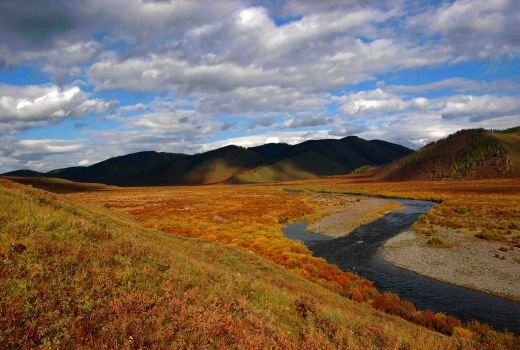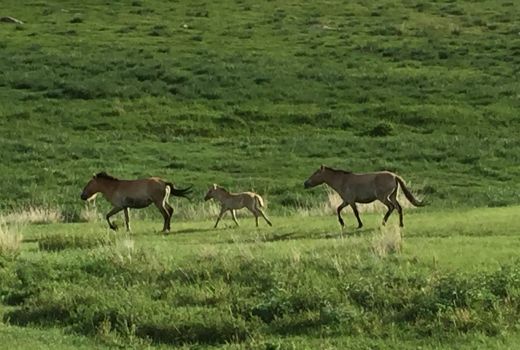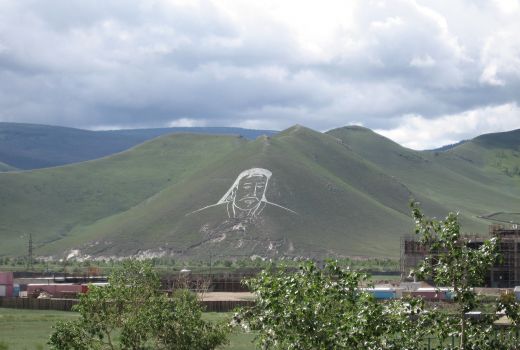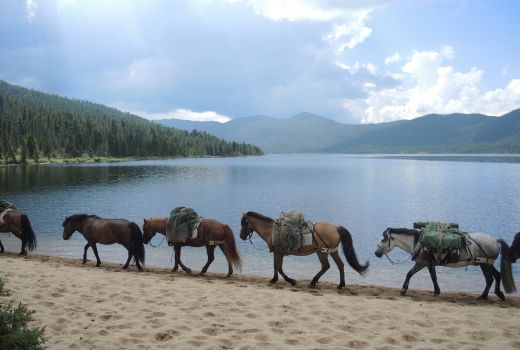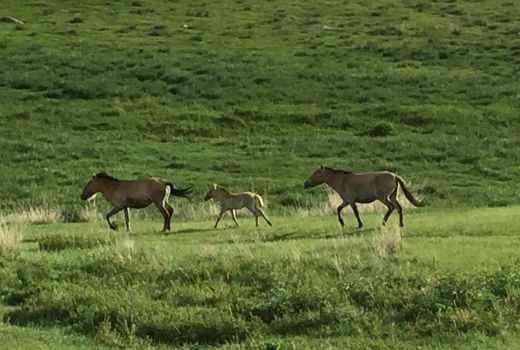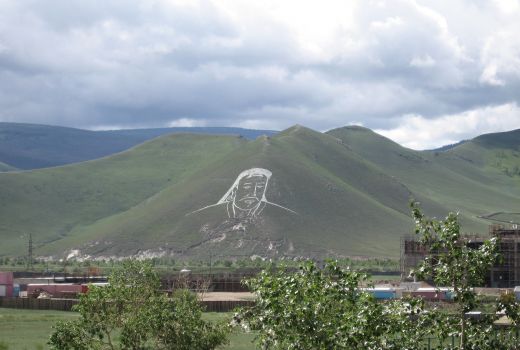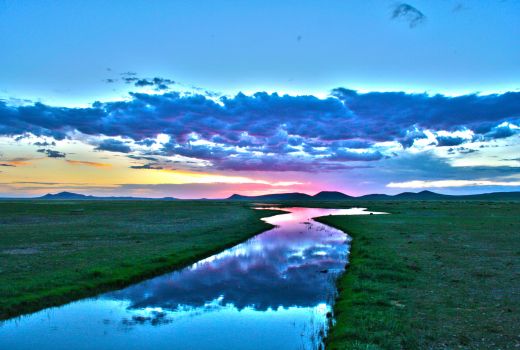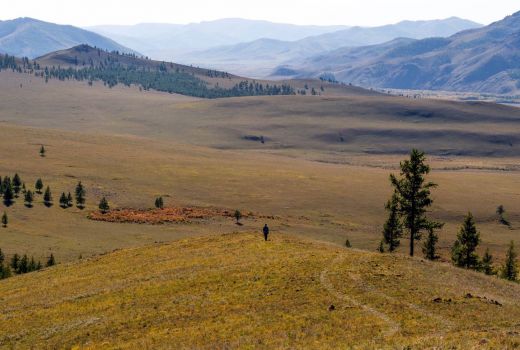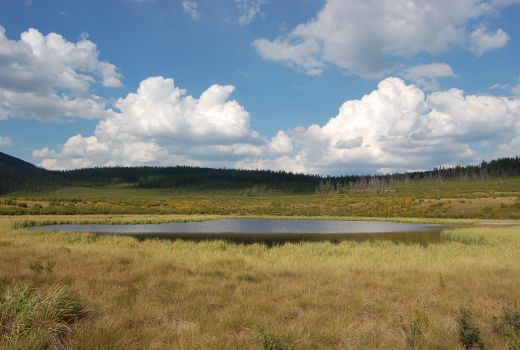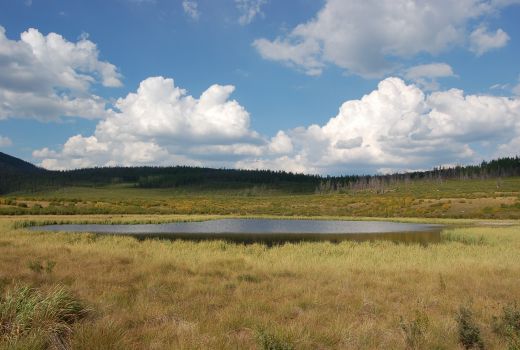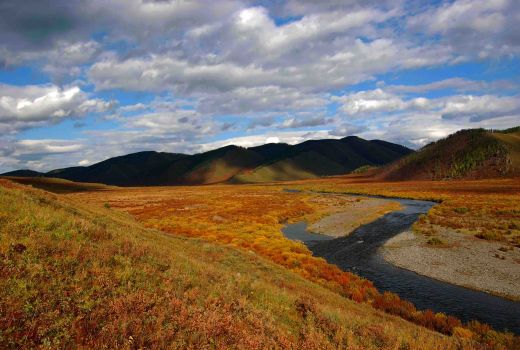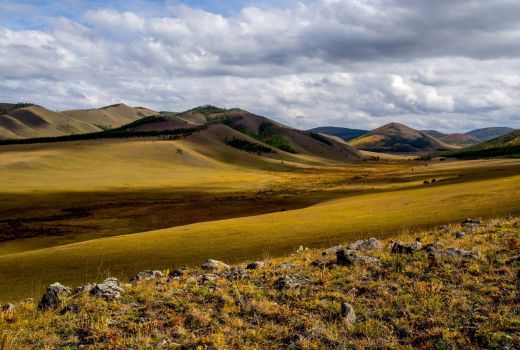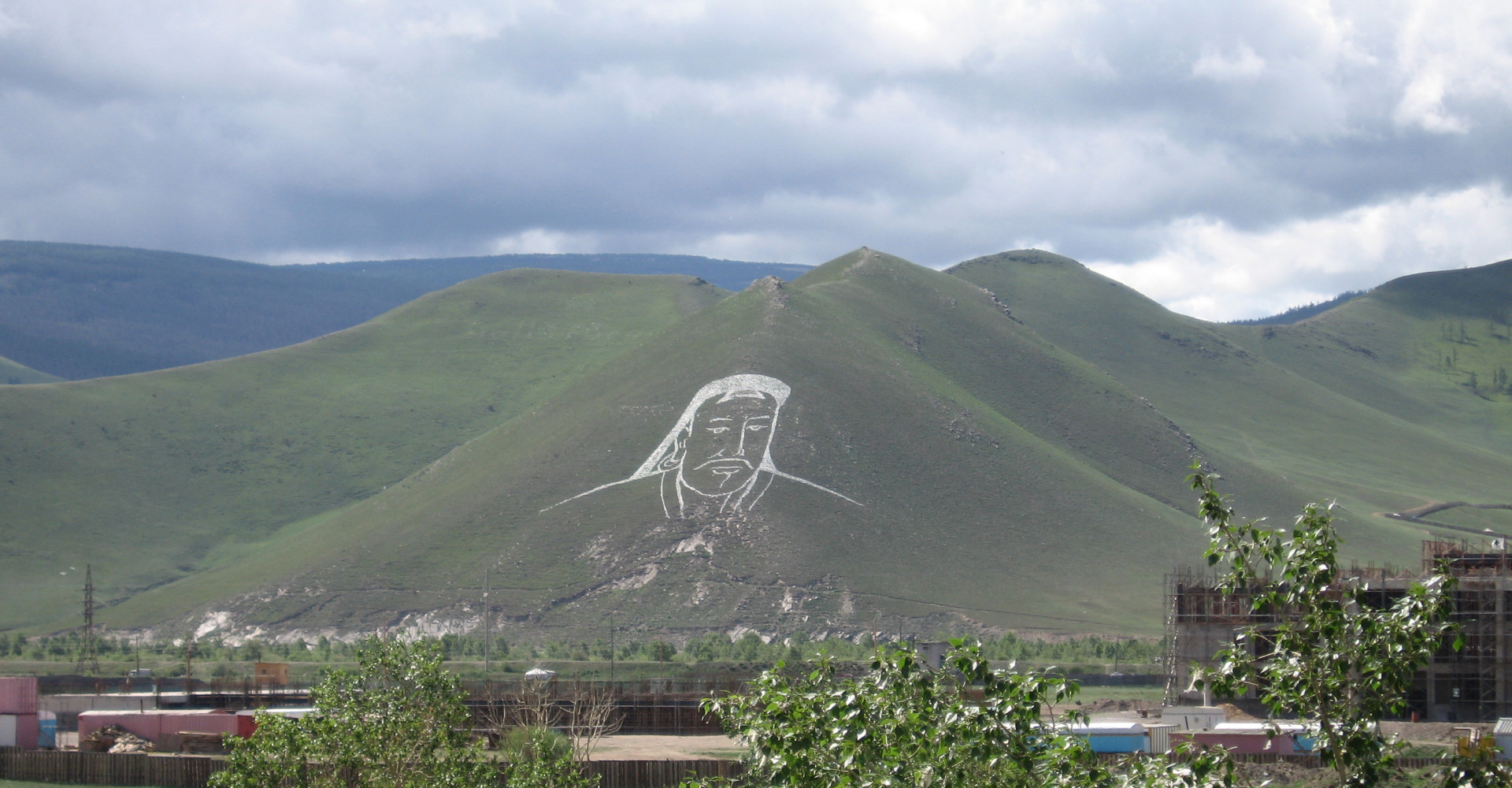
Khentii
| Center: | Chingis, located 205 miles (330 km) from Ulaanbaatar. |
| Established: | 1930 year |
| Population: | 72’609 |
| Area: | 80'325.08 km2 |
| Ethnic group: | Khalkh, Buryat and Uriankhai |
Khentii aimag is the birthplace of the Great Emperor Chinggis Khaan. It is situated in a region of great natural beauty, yet only a day's (331 km) drive from the capital city Ulaanbaatar. It borders in the north with the Russian Federation.
Khentii is one of the 21 aimags (provinces) of Mongolia. The aimag is set up in 1923 initially as the Khan Khentii Mountain aimag with the administrative units consisting of 25 khoshuus, 2 shavis, 109 soums, and 328 baghs (the smallest administrative unit).
At present Khentii aimag has 20 soums and 3 towns with more than 70 thousand population in total. The ethnic groups Khalkh and Buryat live in this locality. The territory of the aimag extends over 80 thousand square kilometers. The aimag administrative centre is Underkhaan, which is ideally located as a gateway to the Eastern Mongolia.
Khentii aimag accommodates part of the giant Khan Khentii Protected Area covering over 1.2 million hectares of the rugged Hentii mountains, being bordered with Terelj National Park to west. There are several peaks that rise over 2000 meters above sea level, with the highest one being Asralt Khaikhan (2,800 meters).
Khan Khentii mountain range has preserved its original features, and is located between Eurasian coniferous forest taiga and Central Asian arid steppe. There are over 70 rivers of a various size, including the three large ones the Tuul, Onon and Kerulen that have their sources from numerous springs at Khentii range, where lies the world watershed of three huge drainage basins: the Arctic Ocean, Pacific Ocean and the Inland Basin of Central Asia. The Tuul flows northward across the Russian border and into Lake Baikal and on to the Arctic Ocean, the Onon and Kerulen both flow eastward to join Amur before emptying into Pacific Ocean.
Khentii aimag is rich in therapeutic hot & cold springs such as Gurvan nuur, Ono, Avarga toson, Tars and others, used for medical purposes.
The area, specifically the town of Galsher in the south of the aimag is famous for its fast horses. The racehorse from this place, known "Elbeg" won the nation-wide horseracing competition 17 times.
The aimag land exhibits the richest diversity of plant and animal life. It is rich in wild berries, such as red and black current, strawberry, blue berry as well as different kinds of medical herbs. Hentii is home to endangered musk dear and moose, brown bear, wolf, lynx, badger, wolverine, weasel, sable, roe-deer, elk and squirrels. White gazelle, fox, steppe fox, marmots and hares come across in plenty in the steppe and grasslands.
There are many species of birds, including whooper swans, spoonbills, and great white egrets and raptors are found here.
Nowadays, Khentii aimag represents one of the tourist attractions. It has many historical places, especially related to the life of Chinggis Khaan as he was born, grew up, raised to power, was crowned, and considered to be buried here. These attractions include Khokh Nuur (Blue Lake)--place where Temujin was crowned as Chinggis Khaan in 1206, Ikh Aureg (Palace) of Chinggis Khaan--the site closely connected with the historical work "The Secret History of the Mongols" (Mongolyn Nuuts Tovchoo) written in 1240, Doloon Boldog in Kherlen Khuduu-Aral, often mentioned in this masterpiece, Gundgavirlan monastery built in 1660 and reopened in 1990s, an impressive Chinggis Khaan Statue in the Gurvan Nuur, built in 1962 to commemorate the 800th anniversary of his birth, the Galtai Agui ( a 80 meter deep cave), and others.
In addition, there are other places of interest such as stone pictures, ruins of 13th and 14th century towns, Stone Walls of the Kidan Dynasty, Hajuu balug and Uglugch walls, Hermen-zam. Baldan Breiven, a Buddhist Monastery rebuilt in the 1990s, which is very similar to the famous Utai Gumban in Tibet.
Transportation:
By bus
This is the most economical way to travel between Undurkhaanand other major cities. Here is the current bus schedule :
Undurkhaan to Ulaanbaatar: 13,000 ₮ each way, leaves Undurkhaan post office at 8AM everyday, arrives in UB at 2PM, tickets purchased the day before or the morning of in the post office (center window). This bus includes stops at soums along the road, including Baganuur and Mandaltsenker. The bus stop in UB is Bayanzurk Teevrin Tovchoo, which is about 8 km east of Sukhbaatar Square.
Undurkhaan to Bor-Undur: 8,500 ₮ each way, leaves Undurkhaan post office at 8AM, Monday, Thursday, Saturday only, arrives in Bor-Undur at 3PM, tickets purchased the day before or the morning of in the post office (center window). This bus includes stops at soums along the way.
Undurkhaan to Choibolsan: 15,000 ₮ each way, ask the ticket window for where and when the bus leaves (changes regularly), tickets purchased the day before or the morning of in the post office (center window). This bus includes stops at soums along the way.
Undurkhaan to Baruun-Urt: 15,000 ₮ each way, ask the ticket window for where and when the bus leaves (changes regularly), tickets purchased the day before or the morning of in the post office (center window). This bus includes stops at soums along the way.
It is recommended to purchase tickets early the day before because the seats do fill up. Also, if the bus is full, tickets will be sold for the center aisle, which will require the rider to sit on a plastic stool in the aisle or stand for the duration of the ride.
By plane
There is no functioning airport in Undurkhaan.
By car
Taxis and meekers (vans) travel daily between Undurkhaan and all major cities (UB, Choibolsan, Baruun-Urt). The price is negotiable based upon the number of travelers, the type of vehicle, and the final destination. A taxi from Undurkhaan to UB (small car) typically costs 30,000 to 45,000 ₮ each way. In Ondorkhaan, the taxi/meeker stand is in front of 4th school near the sports complex.
Map
Take a look from map

